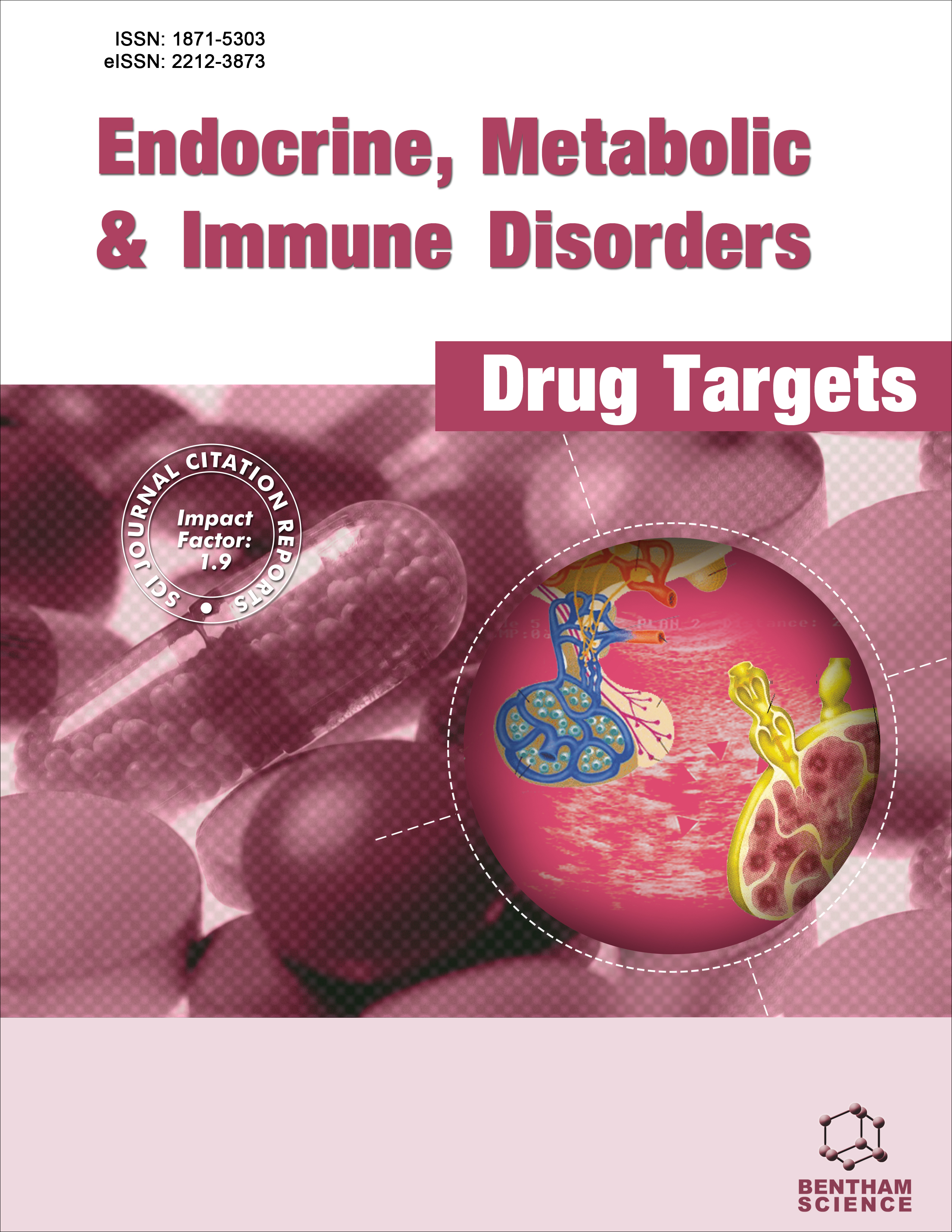
Full text loading...
We use cookies to track usage and preferences.I Understand
Coronavirus disease-2019 (COVID-19) is a respiratory disease in which Spike protein from SARS-CoV-2 plays a key role in transferring virus genomic code into target cells. Spike protein, which is found on the surface of the SARS-CoV-2 virus, latches onto angiotensin-converting enzyme 2 receptors (ACE2r) on target cells. The RNA genome of coronaviruses, with an average length of 29 kb, is the longest among all RNA viruses and comprises six to ten open reading frames (ORFs) responsible for encoding replicase and structural proteins for the virus. Each component of the viral genome is inserted into a helical nucleocapsid surrounded by a lipid bilayer. The Spike protein is responsible for damage to several organs and tissues, even leading to severe impairments and long-term disabilities. Spike protein could also be the cause of the long-term post-infectious conditions known as Long COVID-19, characterized by a group of unresponsive idiopathic severe neuro- and cardiovascular disorders, including strokes, cardiopathies, neuralgias, fibromyalgia, and Guillaume-Barret's like-disease. In this paper, we suggest a pervasive mechanism whereby the Spike proteins either from SARS-CoV-2 mRNA or mRNA vaccines, tend to enter the mature cells, and progenitor, multipotent, and pluripotent stem cells (SCs), altering the genome integrity. This will eventually lead to the production of newly affected clones and mature cells. The hypothesis presented in this paper proposes that the mRNA integration into DNA occurs through several components of the evolutionarily genetic mechanism such as retrotransposons and retrotransposition, LINE-1 or L1 (long interspersed element-1), and ORF-1 and 2 responsible for the generation of retrogenes. Once the integration phase is concluded, somatic cells, progenitor cells, and SCs employ different silencing mechanisms. DNA methylation, followed by histone modification, begins to generate unlimited lines of affected cells and clones that form affected tissues characterized by abnormal patterns that become targets of systemic immune cells, generating uncontrolled inflammatory conditions, as observed in both Long COVID-19 syndrome and the mRNA vaccine.

Article metrics loading...

Full text loading...
References


Data & Media loading...

